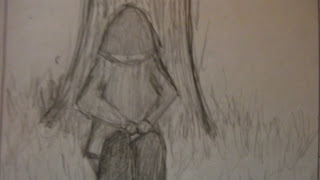Although it isn't a British drama, I felt as though it was important to watch it and note the differences between the two. I have to say that it was a difficult but brilliant watch. Compared to other American films, it wasn't glamorised at all and kept the drama gritty and often difficult to watch. However, the story and characters were clear to differentiate from protagonist/antagonist and easy to empathise with.
Gabourey Sidibe gave a truly heart wrenching performance as Precious, and I found it easy to follow her character throughout the storyline. Where as Mo'Nique was incredibly believable as the abusive mother, sometimes un aware of the situation she has put her daughter through as a result of her poor emotional state.
Further research told me that the film was initially supposed to premiere at the 2009 Sundance Film Festival and the 2009 Cannes Film Festival. It won Audience Award and the Grand Jury Prize for best drama at Sundance, and when released at cinemas, became a box office success after grossing $47 million domestically completely smashing it's $10 million budget. It then went onto receive six nominations at the 82nd Academy Awards, before winning best adapted screenplay and best supporting actress for Mo'Nique, which it really deserved.
Overall, a difficult but completely thought provoking watch. Really, a must see!





































